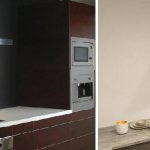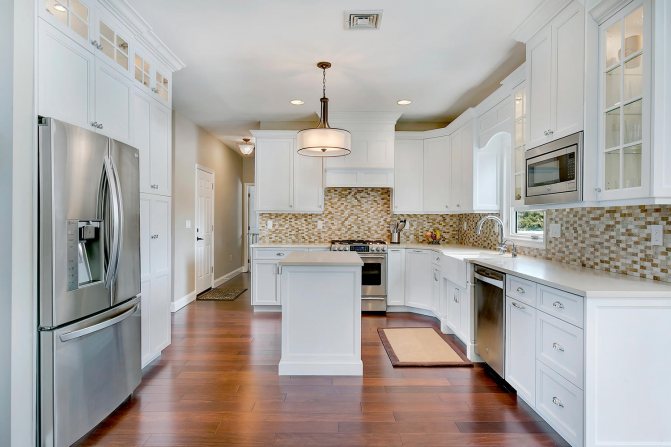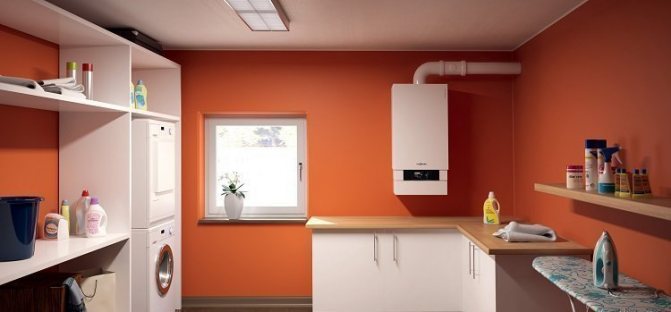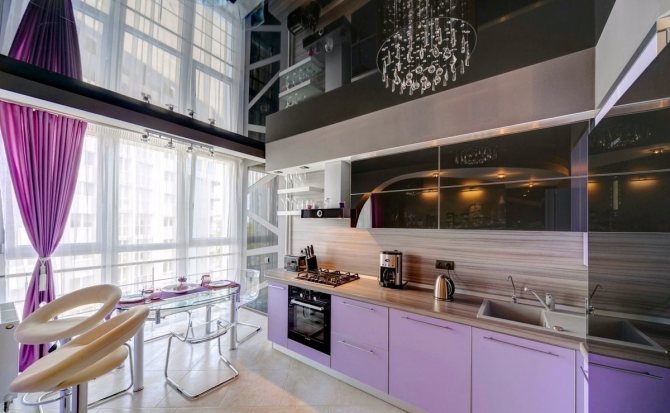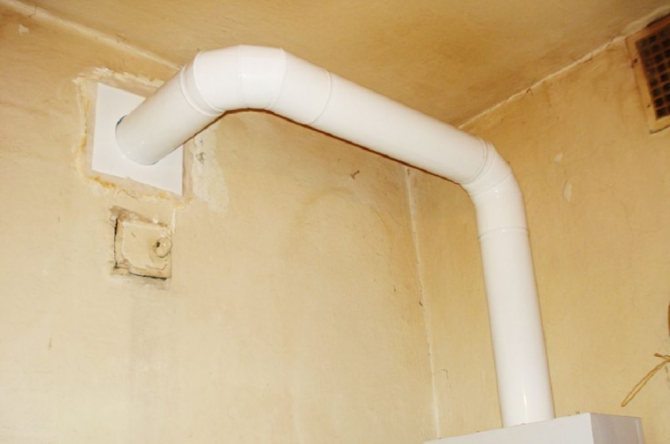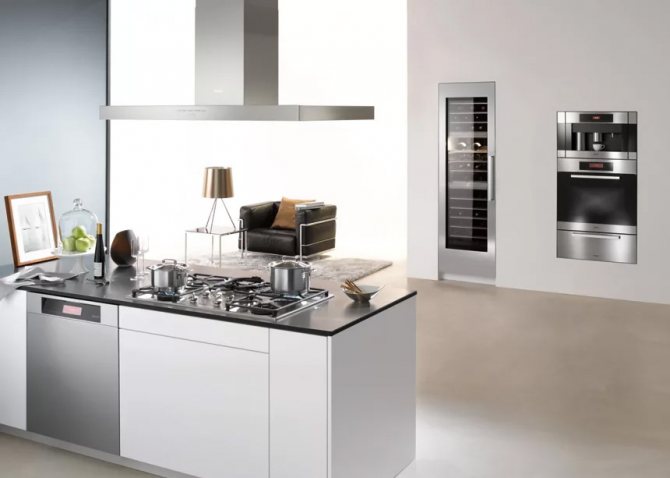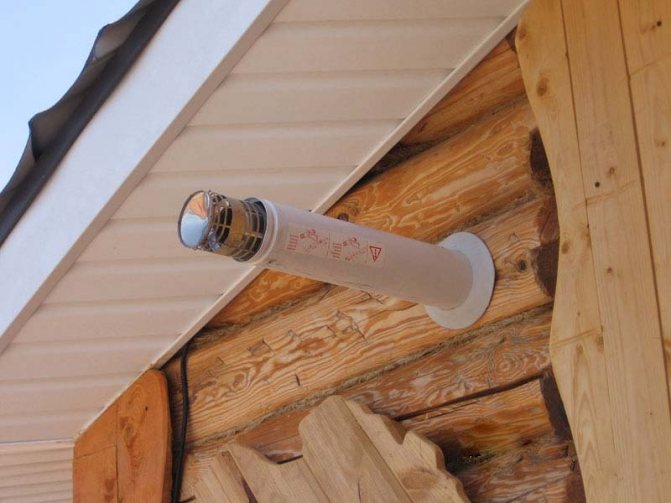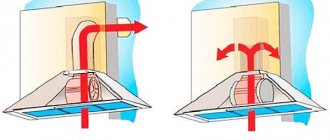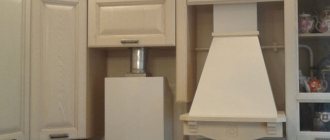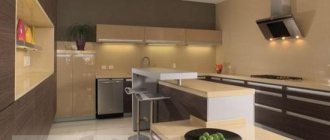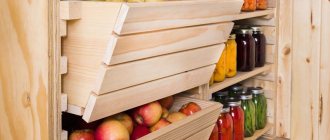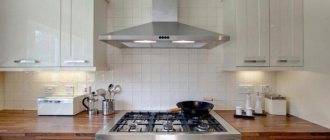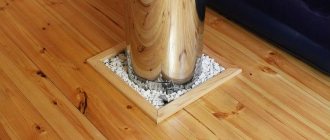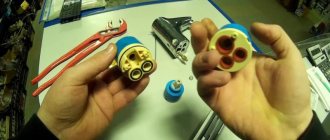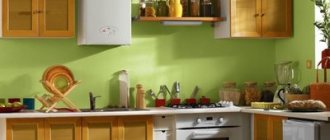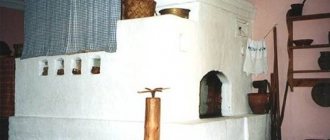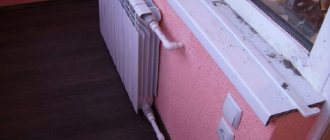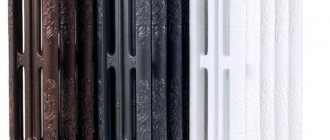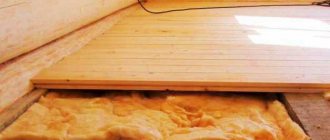Typical ceiling finishes involve plastering the surface or painting with water-based compositions. However, rarely anyone is content with such an option. Most apartment owners prefer modern design solutions in the form of suspended or tension structures.
Since they use different materials, their properties must be taken into account in order to obtain the ideal result. We propose to figure out which ceiling is best done in a kitchen with a gas stove, what are the advantages and disadvantages of each type of finish.
Finishing features
In terms of everyday life, the kitchen room can be considered the most dangerous in the house. There is a risk of accidental fire, elevated temperature and humidity.... The material for finishing the ceiling must withstand the effects of vapors and heat, without changing its original properties.
Regardless of whether you are using an electric hob or a gas stove for cooking, the steam emitted from the pots contains particles of fat, and the air contains soot and soot. This means that the ceiling in the kitchen will need to be cleaned or refurbished more often than in other areas.
How to choose a hood for the street
There are several types of hoods, which differ in their location in the house and installation.
The most common options are:
- Ventilation in the wall. Standard type of ventilation described earlier. An air duct is led out through the wall, and it removes air from the street into the kitchen.
- Also, it is possible to install a cooker hood in the worktop. The advantage of this type of hood is that it is invisible, does not occupy a large area and is quiet. Typically, this ventilation draws out vapors, which are usually found above the hob.

The power of the hood should be selected in accordance with the volume of the kitchen.
Fume hoods should be chosen based on the volume of the kitchen. The larger the kitchen, the more powerful the cooker hood should be chosen. Its capacity is calculated in cubic meters per hour: that is, how much air can be renewed per hour using a particular ventilation. Experts recommend choosing a hood that can renew the air about five times in one hour. It is not difficult to calculate the desired power of the hood: as a last resort, you can find a special calculator that will calculate everything for you. Based on this most important criterion, you need to choose a hood for the kitchen.
Ceiling requirements
When choosing a material for finishing the ceiling in the kitchen, special attention should be paid to resistance to moisture. It should be borne in mind that the coating will have to be washed from time to time in order to clean it of grease and soot deposits. Therefore, preference is given to materials with a surface that is resistant to abrasion.
The kitchen belongs to premises with increased fire hazard. However, resistance to flame for the materials with which ceilings are finished is not so significant, since fire will get there last.
Ceiling decoration should hide surface defects, look aesthetically attractive and fit into the overall design of the room. In the presence of high-lying communications (ventilation or gas pipes, wiring), it is worth considering options for masking them under ceiling structures. Since finishing the ceiling is a complex and time-consuming process, it is better to foresee in advance the possibility of a quick renewal or partial repair of the coating.
Types of coatings, their pros and cons
Ceiling finishing technology is not limited to certain standards.The choice depends on the size of the room, the material from which the overlap is made, the presence of irregularities and defects, and the design style. We propose to analyze in more detail each of the options, taking into account their positive and negative sides.
Whitewash
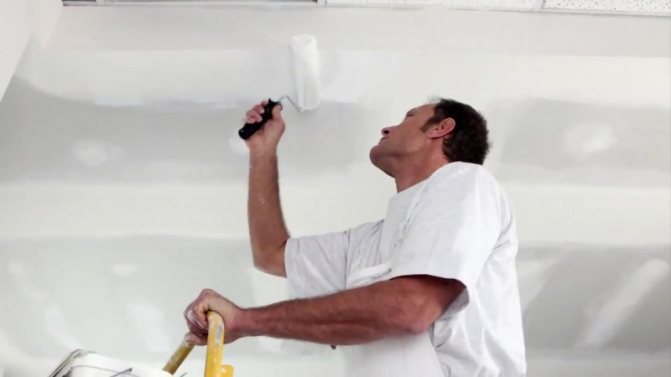

Whitening the ceiling with a lime solution is a traditional finish that has been used for decades. This option can hardly be called optimal, although in some cases whitewashing is quite appropriate. It fits perfectly into country interiors, where the sleek white ceiling is complemented by dark wood beams.
The advantages of whitewashing include the simplicity of self-execution and the modest cost of materials. Among the minuses, I would like to note the need for preliminary leveling of the surface using plastering technology. Whitewashing does not apply to moisture-resistant coatings, so the yellowed coating will have to be completely renewed.
Painting
With the advent of water-based paint, the problem of finishing kitchen ceilings has been partially solved. The paint-and-lacquer layer protects the surface from the formation of fungus, it is easy to clean it from soot with a regular brush and soapy water. Water-based compositions do an excellent job of masking small defects, withstand high temperatures and humidity. The material is relatively inexpensive.
On a note! Of the negative features, the painting technology should be noted, according to which the process takes place in several stages, including leveling the surface with putty, applying a layer of primer and painting itself.
Ceiling wallpaper
Modern production technologies make it possible to create trellises with the required moisture resistance, which can be used when decorating ceilings in the kitchen.
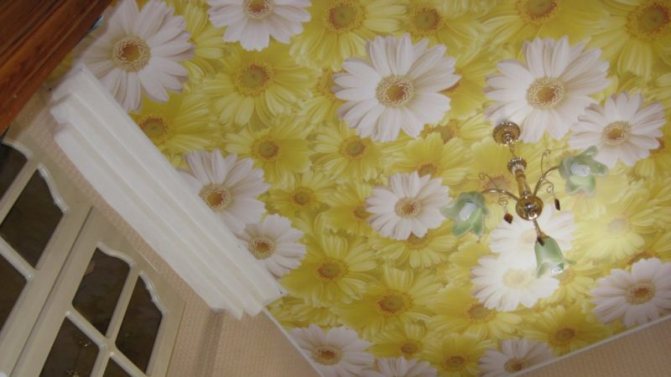

The pluses of the material include a large selection of design options, the ability to maintain the cleanliness of the coating. For finishing the ceiling in the kitchen, vinyl-based tapestries and paintable wallpaper are well suited.
Liquid formulations with cellulose are also used in the kitchen, but it must be borne in mind that direct contact with moisture is contraindicated for such materials. Pasting the ceiling with wallpaper is a laborious process, but this is the only argument against this technology.
Advice! In the kitchen, it is better to use smooth wallpaper, it is more difficult to remove dirt from rough or corrugated surfaces.
Styrofoam tile
Corrugated squares that look like stucco are often found in our kitchens. Passion for this type of finish is not very clear, since foam tiles have a lot of disadvantages. Each element has to be glued by hand, holding it with your hands for 30-60 seconds. This process is tedious and rather long.
The tile itself often serves only as a base for paint, that is, a second stage is required to complete the finish. It is difficult to completely wash the corrugated surface from soot and dirt, therefore this option cannot be called hygienic either. In fairness, the pluses of the tile should be noted. The material is easy to cut, hides irregularities, traces of leaks, and is resistant to moisture.
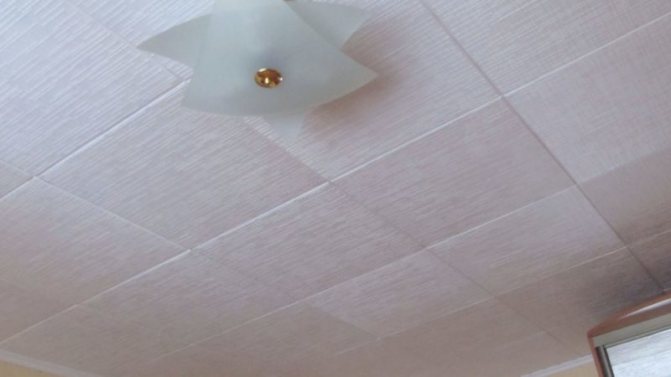

Lining and PVC panels
Materials based on polyvinyl chloride and hard wood are quite suitable for finishing ceilings in rooms with high humidity. The panels are easy to clean, not subject to deformation and ultraviolet radiation.
Under them it is easy to hide small defects of the floor: cracks, irregularities, height differences. The disadvantages include installation features. The panels are mounted on pre-installed slats, so they lag behind the floor surface by 7-10 centimeters. The option is more suitable for rooms with high ceilings.
Suspended or tensioned structures
This finishing option is good for cases when it is necessary to hide electrical wires, gas and ventilation pipes from prying eyes. The stretch ceiling looks impressive and stylish, perfectly complementing any interior. The design of suspended structures is also diverse, multi-level surfaces with built-in light sources look very extraordinary. However, such systems reduce the ceiling height by 10-20 centimeters, which is not always acceptable.
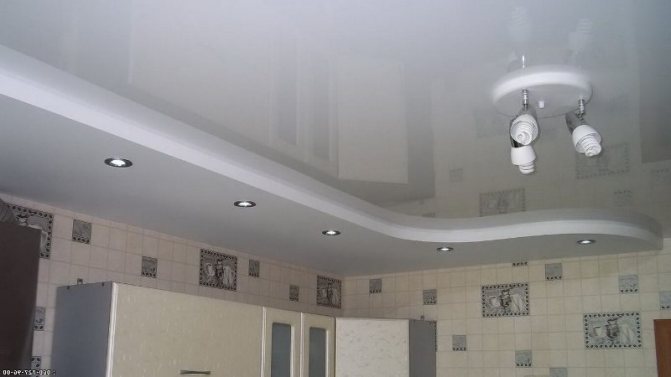

Rack
Slats - slats are another modern option for finishing the kitchen ceiling. During installation, three types of materials are used: wood, aluminum or plastic. Metal is preferable for the kitchen, although it is more expensive. This system is used with closed seams, otherwise the dirt accumulating in the free space will be extremely difficult to remove.
Stretch ceiling and pipe from a gas water heater
Dear professionals! I want to make a stretch ceiling in the kitchen, but I doubt it due to the fact that the chimney from the gas water heater will not allow this to be done. Even with a bypass, can the temperature from the pipe melt the ceiling? Please advise. And the pipe is very close to the ceiling. It seems to me that it is impossible to make a frame for the ceiling there. How to be?
Yes, that's right. In the chimney area, tiles or painting must be done. Stretch is not allowed. Any measurer of stretch ceilings will advise you on site free of charge. Call.
the ceiling to the pipe is not worth doing. An option to make a decorative box of gypsum plasterboard around the pipe, in order to avoid contact between the ceiling and the pipe.
won't melt don't worry! but if you are worried, do not bring it to the pipe! cover with a protective plate! to match the color of the ceiling or pipe!
Good day, that's right, there are not many options, but you can do it without fear. Call a ceiling measurer and he will explain everything to you. Believe me, you are not the first. Good luck.
Hello Alevtina! Of course you can't do it. The frame can be made around the column, and you can mount a suspended ceiling for yourself if you really want to.
Good afternoon Alevtina! I would not advise making a stretch ceiling in your situation, as the temperature rises, it releases toxic substances, and this does not have a very good effect on health. Good luck)
A plasterboard ceiling will suit you
Alevtina, they are advising you right here - call the measurer from the ceiling manufacturer, and discuss everything on the spot with him. I think you are not the first to encounter such a problem.
Thank you all for your advice. I understood everything.
hanging is better and more reliable
GKLV (made of moisture-resistant drywall) you need a ceiling and nothing else
you can close the pipe with a plasterboard structure (do not forget to make it look aesthetically pleasing :)) and thermal insulation. then there will be no damage to the stretch ceiling
thermally insulate the outlet and cover with GKVL
Why do you need in a kitchen, where by definition there will be steam, temperature drops, a fat-film ceiling made of PVC (PolyVinyl Chloride)? The best way is to level it with plaster / putty and paint with washable paint. A ceiling made of moisture-resistant plasterboard, also painted with moisture-resistant paint, is also an option. The attached file is our work

